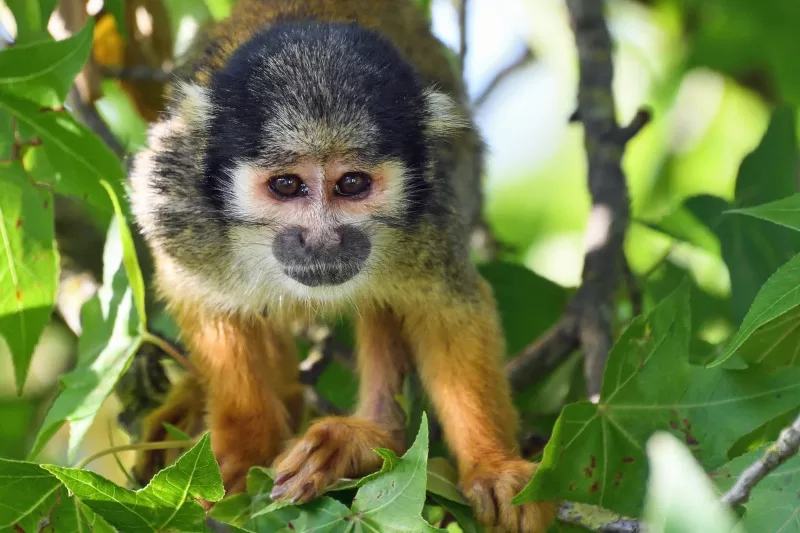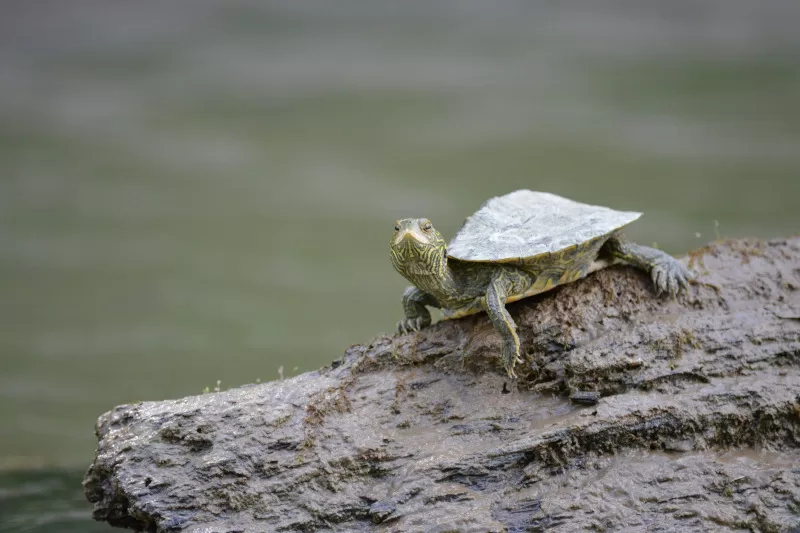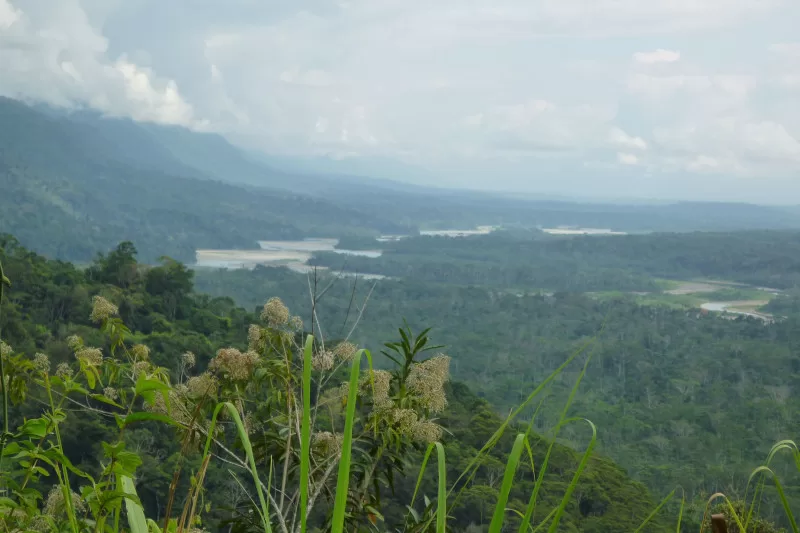Journey with us as we step off the beaten path and venture into the heart of one of the world’s most biodiverse regions, Manu National Park. Uncovering the myriad secrets of Manu National Park’s ecosystems is like turning the pages of an enchanting, living storybook. This sprawling sanctuary, nestled in the verdant lap of the Peruvian Amazon, has a wealth of marvels, from the towering treetops to the meandering riverbanks. Each nook and corner is a testament to the exquisite, relentless dance of life in its most authentic form.
Beyond the realm of concrete jungles and ceaseless human bustle, Manu National Park offers an invitation to step into a realm where nature reigns supreme. Waking to the symphony of the jungle and retiring to the nocturnal whispers of countless creatures, each day here is a sonnet to the rhythm of the wild. As we traverse this extraordinary landscape, we hope to bring you closer to understanding not just the vast array of flora and fauna that find a home here, but the intricate, deeply intertwined webs of life that constitute the park’s vibrant ecosystems.
Perched high above the Amazon floor, the ecosystems of Manu National Park unfold a dynamic story. The treetop canopy houses a spectacular array of life. It’s a vertical jungle teeming with the animals of Manu National Park. The vibrant colors, diverse forms, and intricate patterns are stunning.
The park is home to countless avian species, making birdwatching an unmatched delight. Parrots, toucans, and macaws color the skies, their calls echoing through the vast expanse. You’ll find these vibrant species dancing in the sun-dappled leaves. But there’s more to Manu’s treetop ecosystem than its flamboyant birdlife.
Invisible from the ground, a complex world thrives in the canopy. Capuchin monkeys, three-toed sloths, and jaguars occupy these high-altitude domains. They form an integral part of Manu National Park’s ecosystems. Each species plays a unique role in this intricate web of life.
Insects and amphibians, too, hold crucial places in the canopy. Leaf-cutter ants form lengthy trails, ferrying their precious cargo. Vibrantly hued tree frogs add a dash of color to the green canvas. The treetops are far from a peaceful retreat, though. Survival here requires dexterity, agility, and a head for heights.
The ecosystems of Manu National Park are a testament to life’s adaptability. The creatures here exhibit a myriad of adaptations. From prehensile tails to camouflaged coats, evolution’s artistry is on full display.
As you scale the heights of these trees, you witness a remarkable panorama. Not only do you encounter extraordinary species, but you also grasp the interconnectedness of life. The treetops and their inhabitants are essential pieces of Manu National Park’s ecosystems. It’s a world that leaves you breathless, in awe of nature’s relentless vitality.

Manu National Park’s ecosystems pulsate with life, not only in the treetops but also along the riverbanks. These waterways are more than mere geographical features. They’re arteries nourishing Peru’s biodiversity, teeming with life forms adapted for the aquatic realm.
Exploring Manu National Park, one is struck by the vibrancy of the river ecosystems. Numerous species of fish, amphibians, reptiles, and mammals inhabit these waters. Each has carved out a niche, contributing to a diverse, dynamic community.
The rivers serve as a stage for an array of interactions. Predation, competition, and cooperation play out in real-time. It’s here we witness the grand spectacle of Manu National Park’s ecosystems at work. Every species, however small, has a part to play.
From giant otters to caimans, the rivers are alive with action. The otters, known for their playful demeanor, contrast starkly with the stealthy caimans. These predators are vital players in Manu National Park’s ecosystems, maintaining balance in the food chain.
However, the rivers are more than just hunting grounds. They also provide sustenance for a range of animals. Tapirs, capybaras, and jaguars often visit the water’s edge. These visits offer stunning glimpses into the everyday drama of survival in the park.
Manu National Park’s ecosystems reflect the interconnectedness of terrestrial and aquatic life. The rivers link the forest’s interior to the wider world. They shape the landscape, determine the distribution of species, and influence their behavior.
Understanding the rhythms of the riverbanks enriches our comprehension of the park’s complexity. It reaffirms the importance of every organism, every ecosystem, in this grand tapestry of life. There’s no doubt that the riverbanks form an integral component of Manu National Park’s ecosystems.

Manu National Park’s ecosystems are a harmonious orchestra of life. Each part, whether treetop or riverbank, plays a crucial role. Together, they weave an intricate, interconnected symphony that is a testament to nature’s grandeur.
At a glance, these ecosystems may seem separate. However, they rely deeply on each other. The canopy’s leaves nourish the rivers, shaping the food web within them. In turn, rivers serve as highways for the dispersal of seeds and species.
This interplay extends beyond the park’s borders. Manu National Park’s ecosystems are part of a larger global network. The trees here play a crucial role in carbon sequestration. They act as invaluable carbon sinks, mitigating the impacts of climate change.
The park is also a sanctuary for endangered species. Its vast, untouched expanses provide a safe refuge from human activities. In protecting these species, Manu National Park’s ecosystems help maintain global biodiversity.
Yet, the park isn’t insulated from global threats. Climate change and deforestation cast long shadows over these ecosystems. The survival of Manu National Park’s ecosystems is intertwined with our actions, near and far.
To fully appreciate this, we invite you on a journey. Take a Manu Rainforest Tour or a Manu Reserved Zone Tour. See first-hand the beauty of these ecosystems and their interconnectedness. Marvel at the grandeur, the diversity, and the fragility of these realms.
Ultimately, Manu National Park’s ecosystems serve as a powerful reminder. They remind us of our duty to safeguard such spaces. As we stride into the future, let us ensure that the music of Manu National Park’s ecosystems continues to play, for generations to come.

If you got any questions, please do not hesitate to send us a message. We reply within 24 hours!
+51 900 394 399
info@biomanuexpeditions.com
reservas@biomanuexpeditions.com
